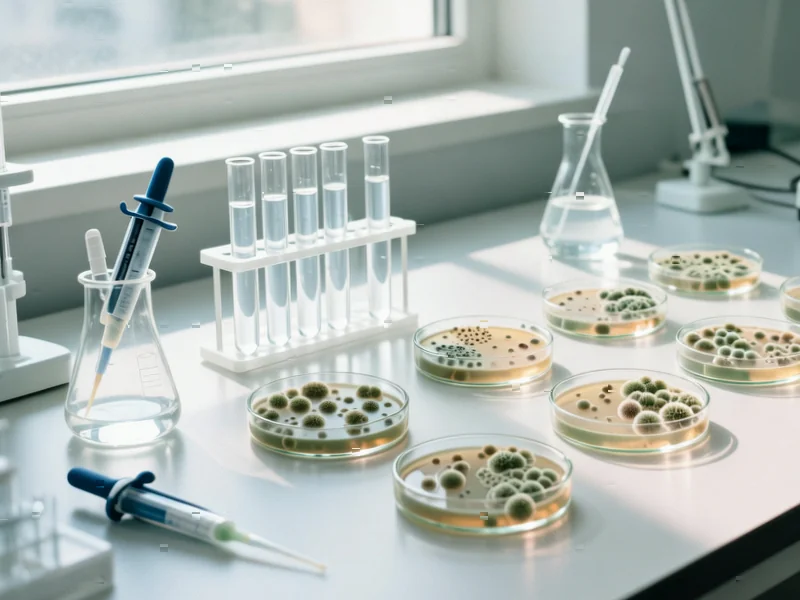This Crystal Superconductor Is Like Nothing We’ve Ever Seen
A new study reveals that PtBi crystal exhibits unprecedented superconductivity confined to its top and bottom surfaces. The material creates elusive Majorana particles that could enable fault-tolerant quantum computing. Researchers call it the “strangest superconductor of its kind.”









